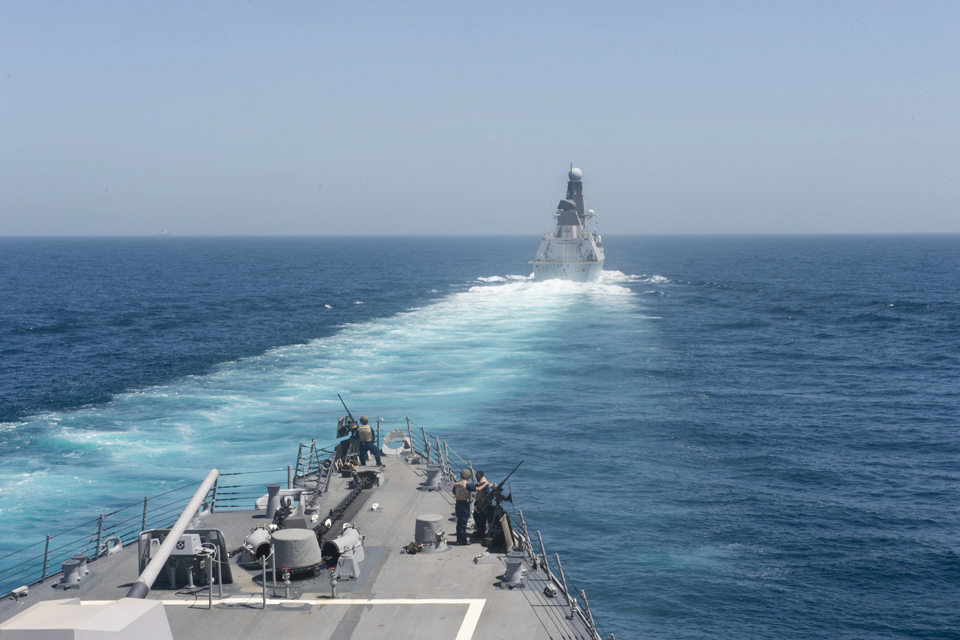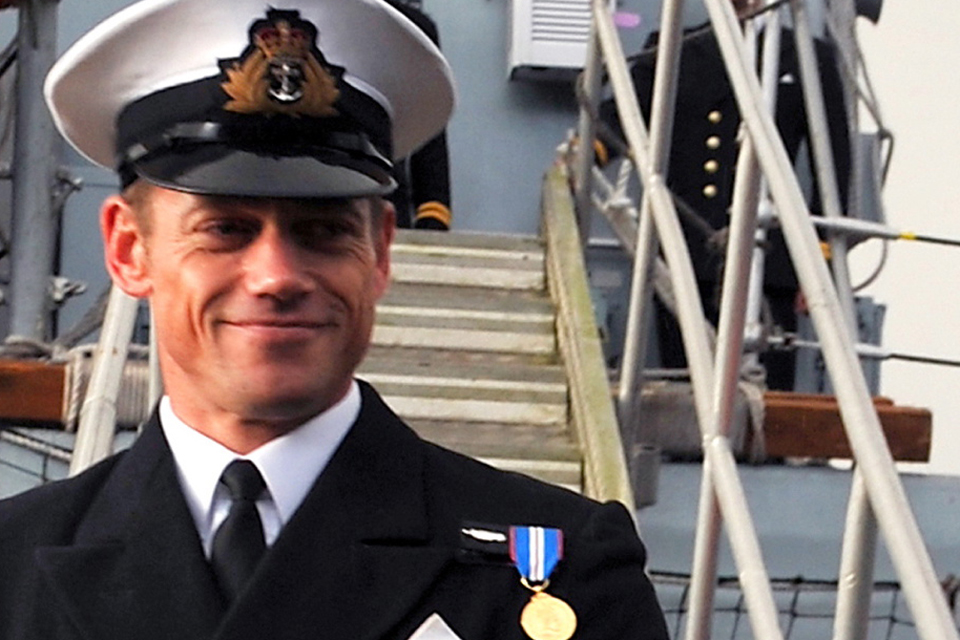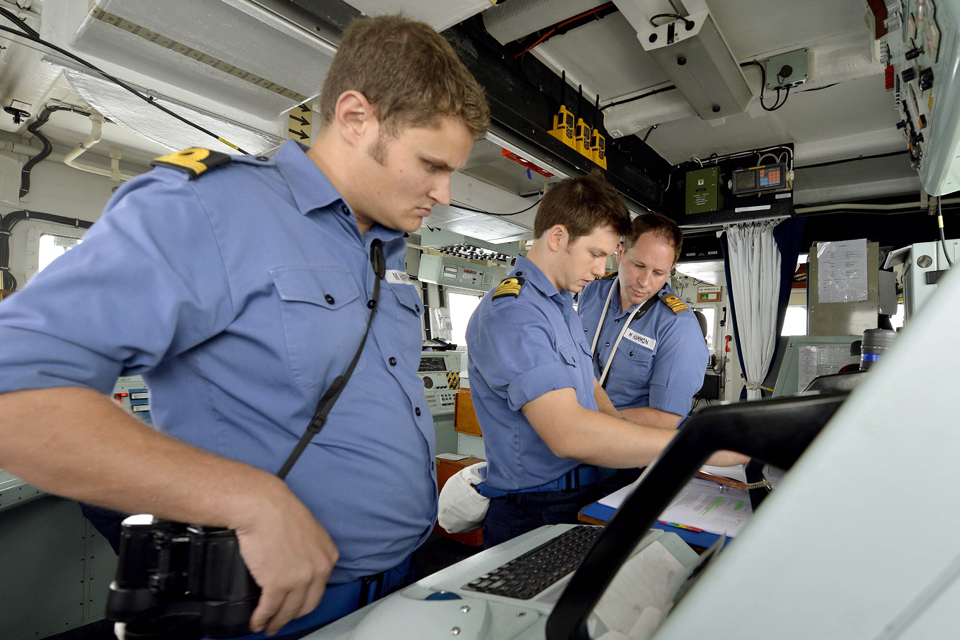30/05/2013 DCNS
En avril dernier, dans le cadre du programme Barracuda*, l’un des plus importants qui soient pour le renouvellement des forces navales françaises, l’amiral ALFOST, le VAE Coriolis – commandant de la force océanique stratégique – et l’amiral COMOPS, le RA Corder – homologue britannique de l’amiral ALFOST – sont venus visiter à Toulon la Plateforme d’Intégration Système de Combat des SNA Barracuda.
Cette plateforme à terre va permettre d’installer l’ensemble des équipements nécessaires à l’intégration, à la validation des interfaces et des chaînes fonctionnelles du système de combat des SNA Barracuda (Sous-Marins Nucléaire d’Attaque). Ceci avant que s’opèrent les phases d’essais à quai puis à la mer. Ainsi, pendant les trois ans à venir, toutes les fonctionnalités du Système de Combat seront testées et vérifiées avant leur embarquement sur le sous-marin.
Lors de cette rencontre, qui illustre la volonté de DCNS et de la Marine nationale de joindre leur savoir-faire maritime et technique au profit du développement de l’ergonomie du système de combat de cette nouvelle génération de SNA, de nombreuses innovations du Système de Combat des SNA Barracuda ont été présentées :
Une détection sous-marine issue des sous-marins nucléaires lanceurs d’engins (SNLE),
Un mât optronique remplaçant les périscopes classiques (optiques),
Un logiciel d’aides à la navigation électronique développé adapté,
Une capacité d’emport d’armes doublée par rapport aux SNA de type Rubis,
Un CMS (Combat Management System) intégrant l’ensemble des capacités de veille au dessus et au dessous de la surface de la mer.
* Les sous-marins Barracuda sont destinés à succéder entre 2017 et 2027 aux sous-marins du type « Rubis en version Améthyste » actuellement en service. Les capacités de mission du Barracuda couvriront la collecte du renseignement, les opérations spéciales (avec déploiement de commandos et forces spéciales), la lutte contre les navires de surface et la lutte anti-sous-marine, les frappes en direction de la terre, ainsi que la participation à des opérations interarmées.
Le marché global de réalisation du programme Barracuda a été notifié en décembre 2006 par la Direction générale de l’armement (DGA) à DCNS, maître d’œuvre d’ensemble du navire, et à AREVA TA, maître d’œuvre de la chaufferie nucléaire. La tranche ferme du marché porte sur le développement et la réalisation du premier sous-marin de la série de six, le Suffren. Le contrat comprend également le maintien en condition opérationnelle des sous-marins dans leurs premières années de service.
Le programme Barracuda occupe une place majeure dans le plan industriel du Groupe. Il devrait mobiliser les équipes et les moyens industriels de DCNS jusqu’en 2027.
commenter cet article …











![Nuclear submarine HMS Vanguard [Picture UK MoD]](http://img.over-blog-kiwi.com/0/54/74/56/201305/ob_172ac705037a5549c9da73d0a4326278_s300-hmv-vanguard-jpg.jpeg)





























![A Lynx Mk9A helicopter flying over the desert in Helmand province (library image) [Picture: Corporal Barry Lloyd, UK MoD]](http://img.over-blog-kiwi.com/0/54/74/56/201305/ob_0e78ca_s300-hquktf-2010-101-165-jpg.jpeg)
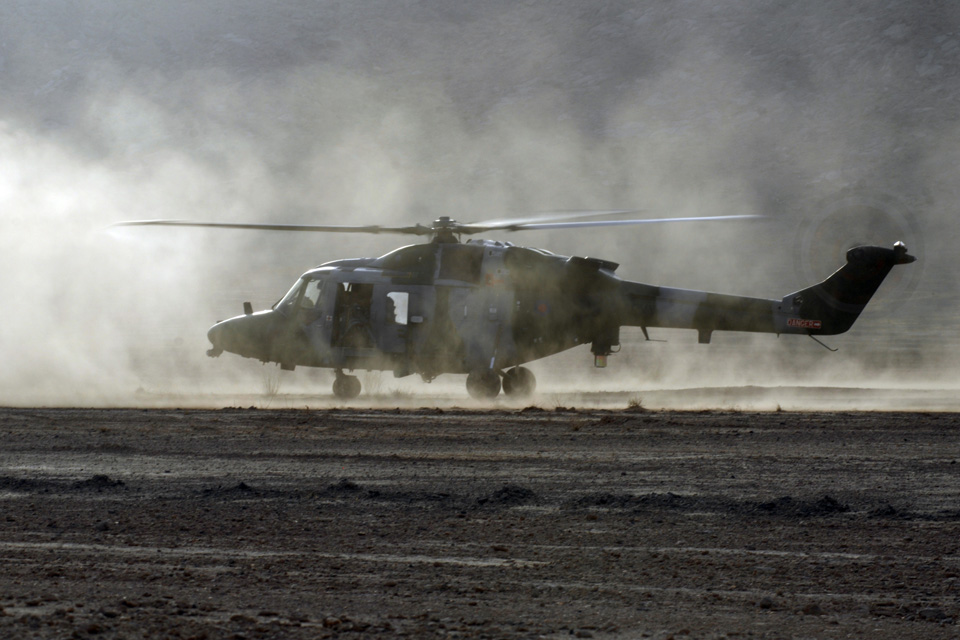
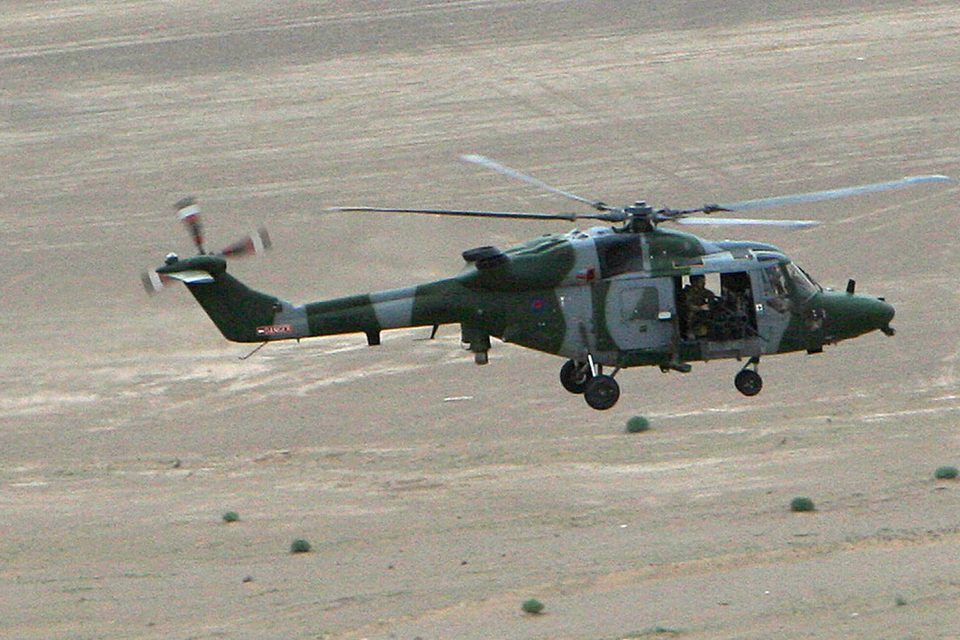
![Royal Marines prepare themselves during a public order demonstration [Picture: Corporal Lu Scott, UK MoD]](http://img.over-blog-kiwi.com/0/54/74/56/201305/ob_8daf5b_s300-dmoc-2013-031-025-jpg.jpeg)


